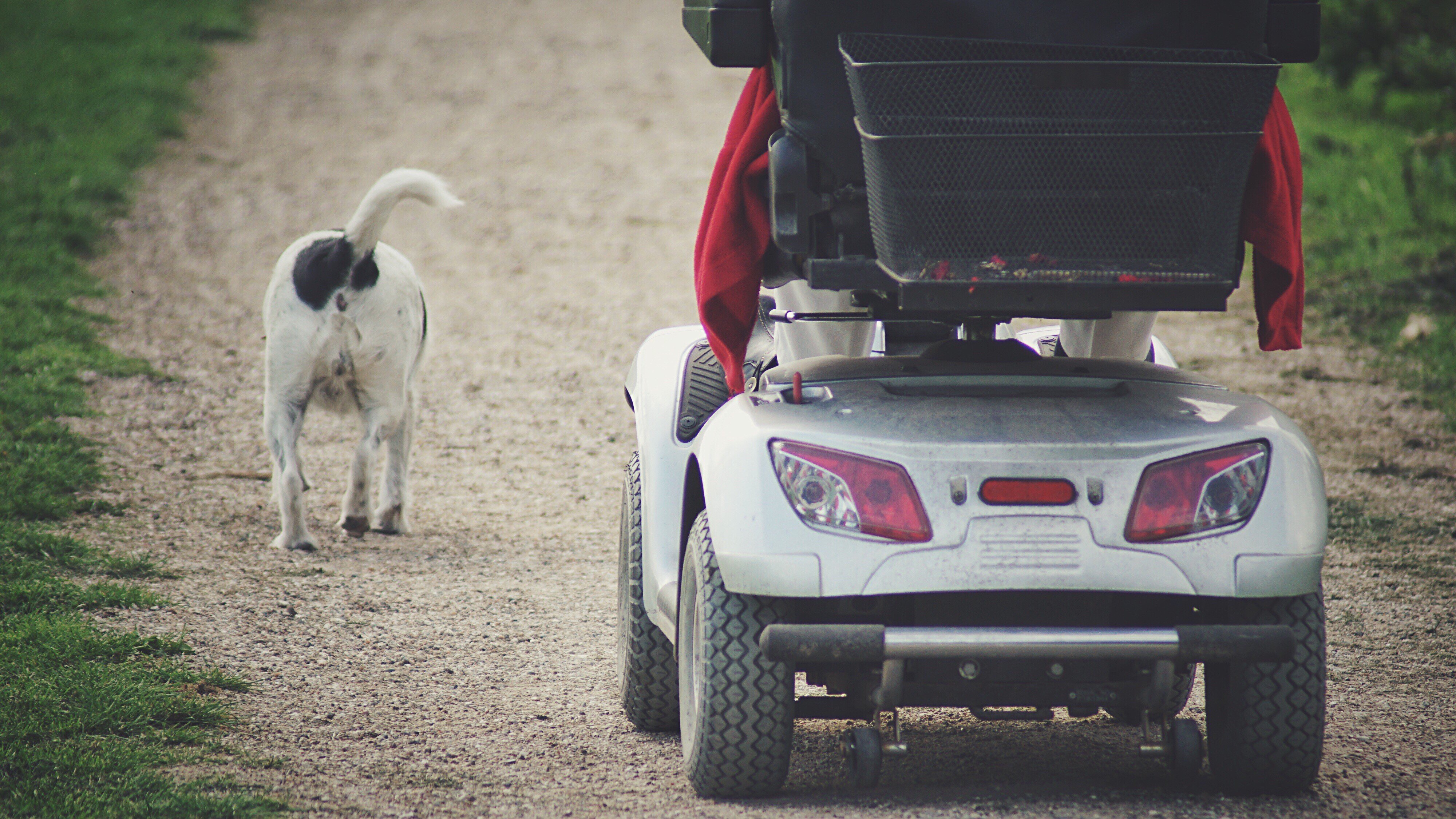Electric Mobility Scooters UK: A Comprehensive Guide
Electric mobility scooters have rapidly become a crucial part of modern transportation, especially in the United Kingdom. These devices use a practical, environmentally friendly, and affordable option for people with mobility problems, permitting them to keep their independence and browse their lives with higher ease. This short article provides an in-depth introduction of electric mobility scooters in the UK, including their advantages, types, legal factors to consider, and pointers for picking the right design.
Intro to Electric Mobility Scooters
electric mobility scooters uk mobility scooters are motorized lorries created to assist individuals with walking problems or other mobility impairments. They can be found in numerous sizes and styles, from compact designs for indoor usage to robust, all-terrain scooters for outside activities. These scooters are powered by rechargeable batteries and can reach speeds of as much as 8 miles per hour, depending upon the design.
Benefits of Electric Mobility Scooters
- Boosted Independence
- Mobility scooters allow users to take a trip longer distances without fatigue, minimizing the need for help from others.
- Cost-Effective
- Compared to other forms of transportation, electric scooters are relatively low-cost to purchase and keep.
- Eco-Friendly
- Electric mobility scooters produce absolutely no emissions, making them an environmentally friendly option.
- Enhanced Accessibility
- These scooters can be utilized in various settings, from supermarkets and shopping centers to parks and recreational locations, increasing accessibility.
- Social Inclusion
- By supplying a method of transportation, mobility scooters assist users stay socially linked and taken part in community activities.
Types of Electric Mobility Scooters
Class 2 (Electric Wheelchairs)
- Designed for use on pavements and footpaths.
- Maximum speed: 4 mph.
- Appropriate for indoor and outside usage.
Class 3 (Electric Mobility Scooters)
- Can be used on roads, pavements, and walkways.
- Optimum speed on roads: 8 mph.
- Optimum speed on pavements: 4 mph.
- Ideal for longer journeys and outside use.
Collapsible Scooters
- Compact and light-weight, designed for simple storage and transport.
- Appropriate for users who regularly travel or have limited storage space.
All-Terrain Scooters
- Built to manage rough surface and off-road conditions.
- Frequently have larger wheels and more powerful motors.
- Ideal for users who take pleasure in outdoor activities like hiking or gardening.
Durable Scooters
- Developed to support users with higher weight capacities.
- Strong construction and enhanced sturdiness.
- Suitable for individuals who require a more robust and dependable choice.
Legal Considerations in the UK
Licensing and Insurance
- No driving license or insurance is required for Class 2 and Class 3 mobility scooters.
- Nevertheless, users must be at least 14 years of ages to ride a Class 3 scooter on the roadway.
Road Rules
- Class 3 scooters should have a red and amber light system and a rear reflector to be used on the roadway.
- Users need to follow roadway rules and know their environments.
- Pavement use is limited to 4 mph for both Class 2 and Class 3 scooters.
Disability Allowance
- Some users might be qualified for a mobility allowance through the UK federal government, which can help cover the expense of a scooter.
- The Motability Scheme is a government-funded program that provides monetary support for purchasing mobility aids.
Tips for Choosing the Right Electric Mobility Scooter
Assess Your Needs
- Figure out where and how you will mainly utilize the scooter (inside your home, outdoors, both).
- Consider the range you require to take a trip and the terrain you will experience.
Test Ride
- Go to a regional mobility shop to test trip various models.
- Guarantee the scooter is comfortable and simple to operate.
Battery Life
- Pick a scooter with a battery life that matches your daily needs.
- Think about the charging time and the accessibility of backup batteries.
Weight Capacity
- Check the weight capability of the scooter to guarantee it can support your requirements.
- Sturdy designs are offered for users with greater weight requirements.
Features and Accessories
- Search for features like adjustable seats, tilt mechanisms, and easy-to-read control panels.
- Think about accessories such as baskets, safety belt, and weather condition protection.
Upkeep and Safety
Regular Check-Ups
- Arrange regular upkeep checks to guarantee the scooter is in excellent working condition.
- Change used parts and recharge the battery regularly.
Safety Gear
- Always wear proper safety equipment, such as a helmet and reflective clothing.
- Use lights and reflectors when riding in low-light conditions.
Roadway Etiquette
- Be courteous to pedestrians and other roadway users.
- Follow designated courses and avoid overloaded areas.
Storage and Security
- Store the scooter in a dry, safe place to avoid damage and theft.
- Consider utilizing a locking mechanism or GPS tracker for added security.
Frequently Asked Questions (FAQs)
Q: Do I need a driving license to utilize an electric mobility scooter in the UK?
- A: No, a driving license is not needed for Class 2 or Class 3 mobility scooters. Nevertheless, users need to be at least 14 years of ages to ride a Class 3 scooter on the road.
Q: Can I utilize my mobility scooter on the pavement?
- A: Yes, both Class 2 and Class 3 scooters can be utilized on pavements and paths. The maximum speed on pavements is 4 mph.
Q: How much does an electric mobility scooter cost?
- A: Prices vary depending on the model and functions. Entry-level scooters can cost around ₤ 500, while more innovative models can range from ₤ 1,000 to ₤ 5,000.
Q: Is there financial assistance offered for acquiring a mobility scooter?
- A: Yes, the Motability Scheme provides monetary assistance for qualified individuals. You might also be eligible for a disability allowance to assist cover the cost.
Q: How far can an electric mobility scooter travel on a single charge?
- A: The variety varies by model, but many scooters can travel in between 10 to 30 miles on a single charge. Durable designs may have a much shorter range.
Q: Can I carry my mobility scooter in an automobile?
- A: Yes, collapsible and light-weight designs are developed for simple transportation. Some automobile manufacturers likewise use adaptive equipment to accommodate mobility scooters.
Q: Are there any age limitations for using a mobility scooter?
- A: There are no particular age constraints for using a Class 2 scooter. Nevertheless, users need to be at least 14 years of ages to ride a Class 3 scooter on the roadway.
Q: Can I utilize my mobility scooter in bad weather?

- A: Most electric mobility scooters are weather-resistant, but it's advisable to utilize care and prevent very damp or icy conditions. Consider adding weather condition protection accessories.
Electric mobility scooters have reinvented the way individuals with mobility concerns travel and participate in daily activities. With their various advantages, consisting of enhanced independence, cost-effectiveness, and ecological friendliness, they are an important financial investment for lots of individuals. By comprehending the different types of scooters, legal factors to consider, and upkeep ideas, users can make educated choices and take pleasure in the complete series of benefits these devices use. Whether you are trying to find a compact indoor model or a robust all-terrain scooter, there is a best alternative available to fulfill your requirements and enhance your lifestyle.
Additional Resources
- Motability Scheme: Visit the official site for more info on financial support and eligibility.
- Department for Transport: Read the guidelines for utilizing mobility scooters in the UK.
- Local Mobility Shops: Find a trusted shop in your area to test ride and buy a mobility scooter.







